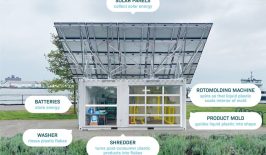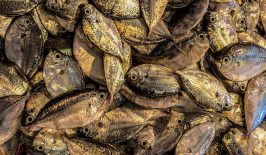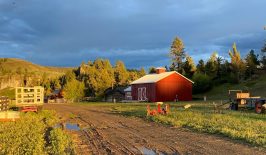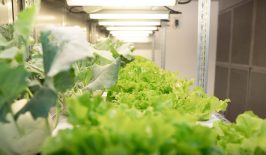For all the wonderful things glass can do, it cannot biodegrade. And while it lends itself perfectly to being reused or recycled, far too much of it ends up in landfills, where it can linger for millennia – up to a million years according to some sources.
The problem is that the materials traditionally used to produce glass – sand, soda ash, limestone – can’t break down naturally in the environment. Any solution would therefore require a change in the material makeup of glass, which has remained more or less constant for thousands of years.
Recently, however, researchers at the Chinese Academy of Sciences’ Institute of Process Engineering have succeeded in developing glass using amino acids or peptides, two compounds that can be broken down by organic matter. Lab tests, in which small beads of the biodegradable glass were exposed to enzymes in multiple environments, have yielded promising results. The glass derived from amino acids degraded after just two days, while the peptides-based glass required about five months to break down.
Biodegradable glass brings about a host of environmental benefits, including decreased raw material extraction and reduced reliance on energy-intensive recycling methods. But like many innovations, its success is a matter of scalability. On that front, we should temper our expectations. “The concept of biomolecular glass, beyond the commercially-used glasses or plastics, may underlie a green-life technology for a sustainable future,” said Professor Xuehai Yan, who led the research group. “However, the biomolecular glass is currently in the laboratory stage, and far from large-scale commercialization.”
At scale, ‘green’ glass has numerous potential applications, such as creating eco-friendly packaging for food, beverages and cosmetics, as well as offering sustainable solutions for medical implants, drug delivery systems, and single-use items in the hospitality industry. Additionally, it could be used in agriculture and horticulture for seedling containers and mulching materials that decompose over time, minimizing waste. In a perfectly circular world, it would also be possible for new-generation solar panels to be outfitted with bio-glass.
More challenging is using biodegradable glass in industrial applications such as construction, automotive manufacturing, and electronics. The last thing you want is microorganisms to start feasting on the facade of a skyscraper, compromising the safety of vehicle windows, or causing the failure of electronic devices due to the degradation of protective glass components.
Still, the breakthrough is encouraging. In the past, developing a sustainable bio-glass has been a persistent challenge due to its low thermal stability, causing it to disintegrate during high-temperature glass production. With this variant, the IPE team has chemically modified the amino acids and peptides to achieve a novel biomolecular glass that is considerably more durable than its predecessors and retains several desirable traits of standard glass, such as malleability and durability.
With the yearly addition of more than 200 million metric tons of glass to our planet, it wouldn’t hurt to put some of it back in the ground.









